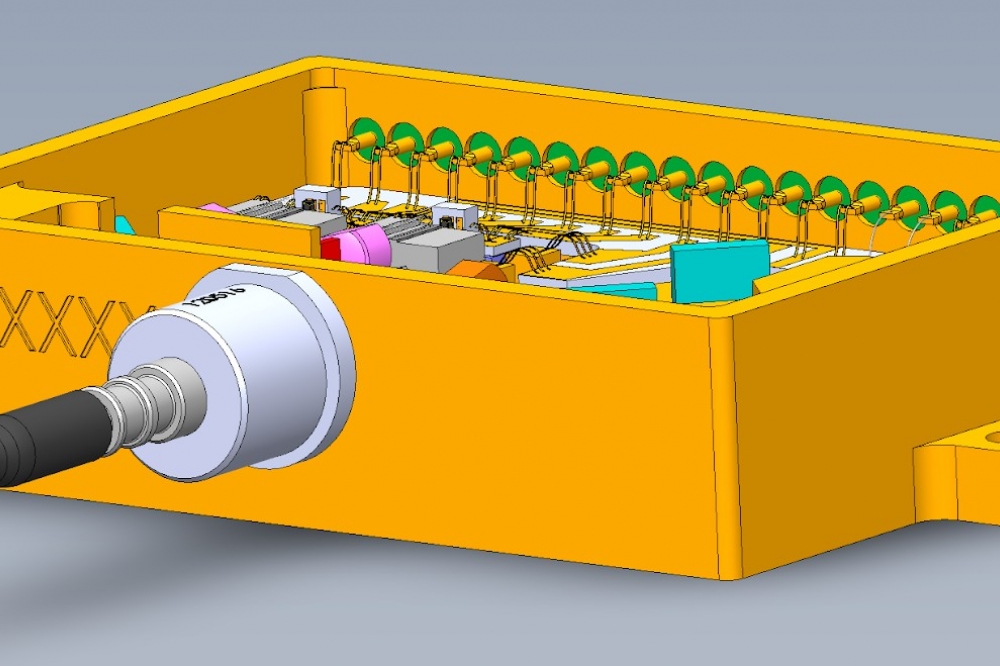Avo Photonics Creates Ultra-Low Noise Lasers for NASA LISA Mission

In support of NASA - Goddard Space Flight Center and ESA’s Laser Interferometer Space Antenna (LISA) mission to measure gravitational waves in space, Avo Photonics is producing over 20 next-generation laser seed sources to demonstrate its design efficacy, manufacturing processes, and most-importantly laser system ruggedness. This development comes after Avo’s previous successful delivery of the prototype version of these lasers.
This exciting development comes only five years after the ground-based observatory, LIGO, made its first monumental detection of gravitational waves. The LISA observations will be made while in orbit around the sun. Three satellites will form a triangular interferometer consisting of 2.5 million km arms. With launch set for the mid-2030s, the arduous path of iterative design, material selection, assembly, test, and qualifying processes is underway. Rigorous requirements must be met to assure the lasers’ necessary performance and ruggedness during ground-based testing, launch, and throughout their 10+ year life in orbit.
In addition to meeting specific satellite needs, Avo is building what will be the “quietest” laser oscillator in the world to serve as the core light source for the interferometric system. The configuration is based on a non-planar ring oscillator, where the facets of the Nd:YAG gain crystal serve as the reflecting surfaces of the cavity; eliminating the need and potential misalignment of external, discrete mirrors. The monolithic design, which outputs 200 mW, offers stabilized frequency noise less than 103Hz/Hz for frequencies as low 10-4Hz, and less than 5 Hz/Hz at frequencies above 104Hz. The output from these lasers are each amplified to 2W as part of NASA’s complete optical system residing on each satellite.
According to Dr. Anthony Yu, NASA GSFC’s Laser Product Development Lead, “We are enjoying working with Avo Photonics given their understanding of the fundamental physics and proven ability to develop spaceborne hardware. Their open communications and transparent sharing of information brings us comfort as we manage this very challenging program.” Avo’s President, Dr. Joseph Dallas stated, “It is a pleasure to once again be working on space-based lasers for NASA. With our deep understanding of the challenges and appreciation for the exactness and quality required, we are excited to serve Dr. Yu and his Team.”



































